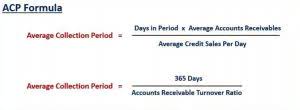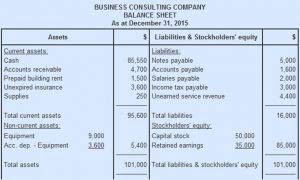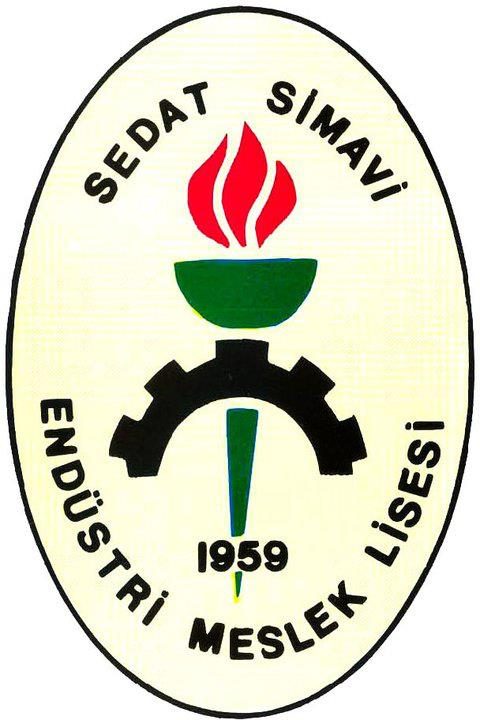
Compliance with legal and regulatory requirements is critical when declaring dividends. Businesses must also communicate payment schedules and tax implications to shareholders. In the U.S., dividends are subject to withholding taxes, and companies must issue Form 1099-DIV for reporting purposes. Proper management of dividends payable strengthens Coffee Shop Accounting investor relations while safeguarding financial stability. The declaration and payment of dividends require evaluating liquidity and financial health. While dividends enhance shareholder satisfaction and signal stability, they reduce cash available for reinvestment.
- Liquidity is the given adequate consideration or priority when preparing the balance sheet.
- These instruments provide predictable cash inflows and are more structured than accounts receivable.
- For example, a company that relies on inventory would have a different order of liquidity than a company that relies on receivables.
- Short-term notes receivable are formal agreements where customers or other parties promise to pay a specific amount within a year, often with interest.
- Assets that can convert into cash within 12 months are considered current assets, while others are treated as non-current assets.
- Similarly, the fixed or long-term liabilities are shown first under the order of permanence method, and the current liabilities are listed afterward.
Order of Permanence

Which are liquid assets you can convert into cash immediately at the current assets of the market price, through marketable securities. Balance sheet liquidity is a measure of a company’s ability to meet its financial list assets in order of liquidity obligations with its liquid assets. With a uniform listing criterion established by an accounting GAAP, it becomes easier for various stakeholders to understand, analyze the company’s balance sheet and make decisions accordingly. In addition, liquidity order listing gives impressions about various liabilities repayment capacity of a company, like loan installments, debentures redemption, or any other short-term liability like payment to vendors. Short-term loans address immediate financial needs or bridge temporary cash flow gaps. These loans, with repayment periods of less than a year, are often used for inventory purchases, working capital, or unexpected expenses.
Related Entrepreneurship Terms
Cash and cash equivalents are the most liquid assets on a company’s balance sheet, providing immediate financial flexibility. These assets include physical currency, demand deposits, and short-term investments easily convertible to cash. Their liquidity is vital for covering short-term liabilities and operational needs without incurring significant costs. In today’s business environment, understanding current assets is essential for maintaining liquidity and ensuring short-term financial health. Current assets, expected to be converted into cash or used within one year, are key components of a company’s balance sheet.
- In the realm of financial management, understanding current liabilities is crucial for businesses aiming to maintain a healthy balance sheet.
- BERA is the network’s native gas token, similar to how ETH is the native token for the Ethereum blockchain.
- Inventory includes goods available for sale or production, reflecting a company’s ability to meet customer demand.
- The next most liquid assets are short-term investments, followed by accounts receivable and Inventory.
- Four different faucets, or token drips, are available for users to request BERA tokens, which can then be used to get started on Berachain’s testnet.
- In this example, you can see that the assets and liabilities are listed in the order of their liquidity.
What can you do on Berachain before launch?
- A formal token airdrop was announced by the Berachain Foundation with a token generation event to commence alongside the mainnet launch on February 6.
- “Marshalling” refers to a creditor’s right to realize his or her debt from assets acquired by another secured creditor.
- The two most common orders followed in this process are Order of liquidity and Order of permanence.
- Inventory management requires balancing holding costs with the risk of stockouts, which can harm customer relationships and market share.
- Though it is not a requirement that a less liquid asset should have greater permanence, this idea holds in most cases.
- In investing, liquidity refers to how quickly you can convert a particular asset into cash.
- To figure out how liquid you are, make a list of all your monthly expenses, from rent/mortgage on down, including even your streaming service subscription.
A specimen of the balance sheet marshalled using order of permanence is shown below. For example, if a company has cash on hand but also holds patents they can sell, the company may decide to sell the patents in order to raise cash quickly. The order of liquidity concept is not used for the revenues or expenses in the income statement, since the liquidity concept does not apply to them. Contributors to the Berachain ecosystem and its investors help make up the other 50% allocated for BERA token supply. Lastly, Berachain has its own native stablecoin, or a token designed to be pegged to the value of fiat currency. In this case, HONEY is soft-pegged, or in between a fixed or floating rate peg, to the value of the U.S. dollar.
Marshalling of Balance Sheet

The project’s native gas token has a supply of 500 million BERA tokens, with an expectation of 10% annual inflation. Bitcoin uses the energy-intensive proof-of-work model, while Ethereum uses proof-of-stake to validate blocks, but Berachain will use a novel consensus mechanism called proof-of-liquidity. Utilizing a novel proof-of-liquidity consensus mechanism, which “borrows” from Ethereum’s proof-of-stake design, the chain launched its first testnet in January 2024. Berachain will have a native token, BERA, which will be used for activating validator nodes and paying for transactions on the blockchain. Importantly, this offers users a way to stack Berachain rewards before the launch of its mainnet chain.
It is a list of a company’s assets showing how quickly they can convert those assets to cash. In short, the order of liquidity concept results in a logical sort sequence for the assets listed in the balance sheet. Put simply, users were able to deposit eligible assets like select stablecoins and Bitcoin and Ethereum to stack rewards ahead of the network launch. Accrual accounting software automates tracking, ensuring precision and efficiency.

How Josh Decided It Was Time to Finish His CPA
The new EVM-identical blockchain aimed to solve the “cold start problem” that normal balance most early blockchains face, providing users and early applications with “meaningful interactions” from day one. Founded by three pseudonymous developers, Berachain, a layer-1 blockchain set to compete with Ethereum and Solana, launched its mainnet on February 6, 2025. A full list of protocols, which range from casinos like Pepino Casino, to smart rings like Moon Ring, and all the DeFi protocols like StakeStone and Dolomite is available to users looking to further explore.
